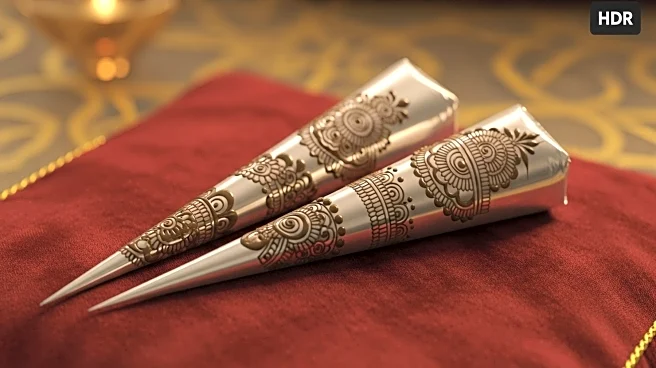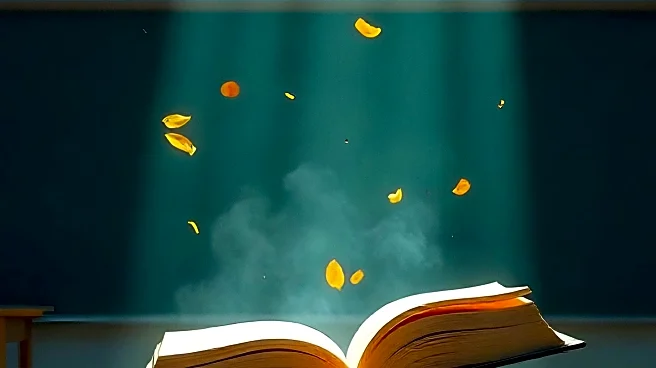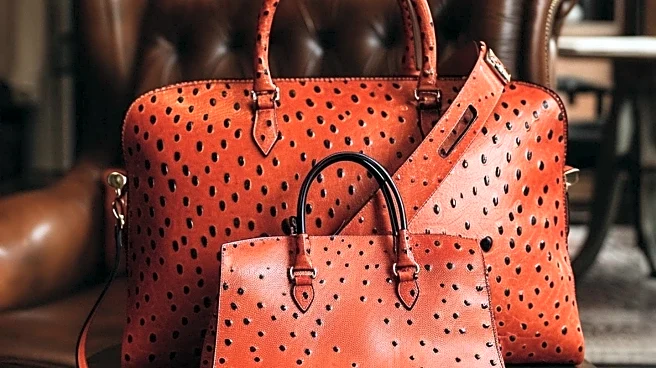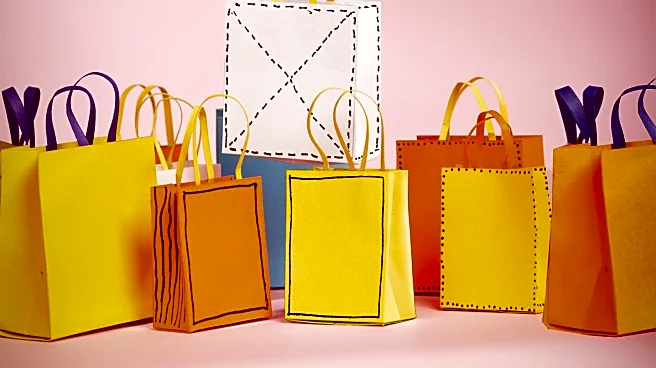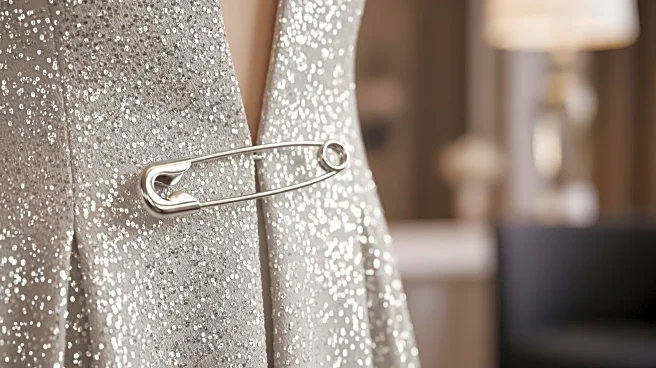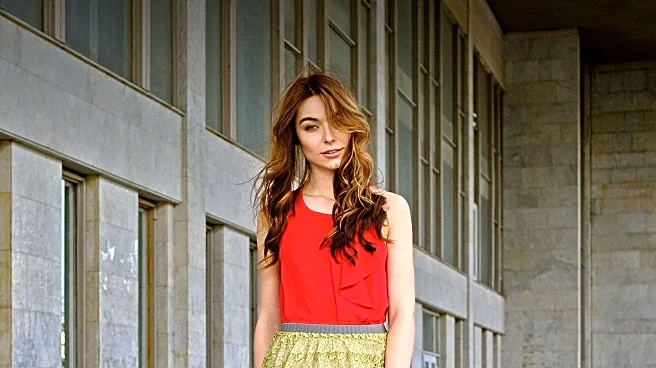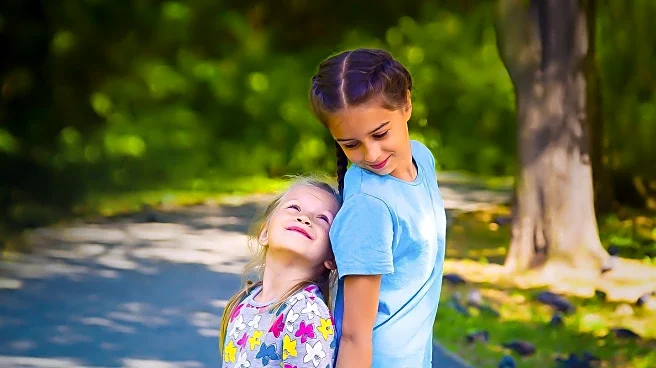What's Happening?
KATSEYE member Lara Raj and her sister Rhea Raj showcased matching jagua henna designs at the VMAs 2025, highlighting their cultural heritage. Lara attended the event in a sheer dress with a bustier and shorts, complemented by a maang tikka and black ombre nails adorned with gems. Her henna featured the Ohm symbol and her family name, Raj, written in Hindi. Rhea, arriving separately, wore a bindi and a custom pink outfit with ultra-thin brows, also featuring henna with their last name. The henna designs served as a symbolic link between the sisters, celebrating their shared heritage.
Why It's Important?
The display of matching henna by Lara and Rhea Raj at a high-profile event like the VMAs underscores the importance of cultural representation in mainstream media. By incorporating traditional elements such as the Ohm symbol and family names in Hindi, the sisters highlight their cultural roots, promoting diversity and inclusivity in the entertainment industry. This act can inspire others to embrace and showcase their heritage, fostering a broader acceptance and appreciation of different cultures within the U.S. entertainment landscape.
What's Next?
As cultural representation continues to gain traction in the entertainment industry, events like the VMAs may increasingly feature diverse expressions of heritage. This trend could lead to more artists and celebrities incorporating cultural elements into their public appearances, influencing fashion and beauty standards. Stakeholders in the industry, including designers and event organizers, might respond by creating platforms that celebrate cultural diversity, potentially impacting future red carpet events and fashion shows.
Beyond the Headlines
The use of henna by Lara and Rhea Raj not only celebrates their heritage but also raises awareness about the significance of traditional art forms. Henna, often used in cultural ceremonies, symbolizes unity and identity. By bringing it to a global stage, the sisters contribute to a deeper understanding and appreciation of such practices, potentially encouraging cross-cultural dialogue and collaboration in the arts.
